This drawing shows where trans-neptunian objects are found.
Click on image for full size
How many planets orbit the sun?
I was wondering if there is a new planet? Are there planets (a tenth planet?) after Pluto belonging to our solar system? What are the names of the new planets discovered in the solar system? Are there any objects that orbit the sun that are not in the same plane as the planets, excluding Pluto, comets, asteroids? Do we know any names to any other planets than those in our solar system? If yes, could you give me any examples?
As of today, January, 26, 2001, it's known that only 9 planets orbit the Sun. There have been many solar system objects that have been discovered recently, but none of them have been classified as planets. And none of them are the mysterious Planet X!
These objects have been called asteroids, minor-planets, trans-neptunian objects, or objects of the Kuiper belt. We'll use the word trans-neptunian object (TNO) because that simply means an object past Neptune. The first TNO to be discovered (beside Pluto!) was discovered in 1992. Since then, over 300 of these objects have been found!
One of the most recent discoveries of a TNO was in October of 2000. Astronomers found a huge TNO and called it 2000 EB 173. It is between 300-700 kilometers in size and as far as non-planets go in the solar system, it is second only in size to asteroid Ceres.
So, although no new planets have been discovered in our solar system, there have been many discoveries of planet systems outside our solar system. One such finding was in April 1999 of three planets around the star Upsilon Andromedae.
Submitted by Jana (New Jersey, USA), Sean (Ohio, USA), John (Ohio, USA), Saravanan (India), Puneet (India), Cassie (Colorado, USA), Jason
(January 26, 2001)
You might also be interested in:
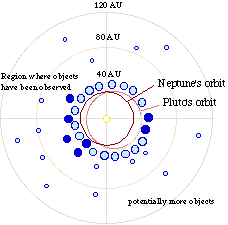
Beyond the orbit of Pluto is a region which contains objects which look like planetismals. The objects are very small, and not very bright. It takes hundreds of years for these objects to go around the
...more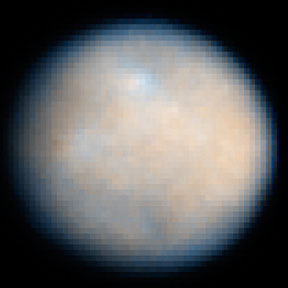
Ceres is the largest asteroid in the main asteroid belt. It was classified as a "dwarf planet" in 2006, along with Pluto and Eris. Ceres was discovered on January 1, 1801 by the Italian astronomer
...more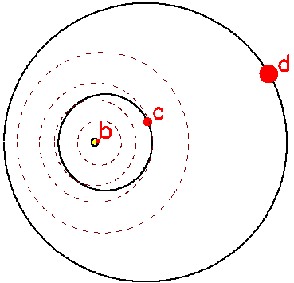
Recently two groups of astronomers working seperately reported that they had found evidence for two more planets orbiting star Upsilon Andromedae (c and d on the image to the left). This makes the grand
...more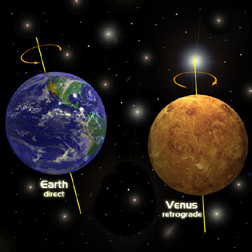
It depends on which type of motion you are asking about. If you take a birds-eye view from the top of the solar system all the planets orbit around the Sun in a counter-clockwise (or direct) direction.
...more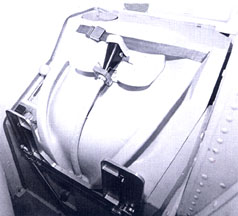
Almost everyone has a question or two about living in space. What do astronauts do in space? How do they do everyday things like eat, sleep and go to the bathroom? It's important to note that astronauts
...more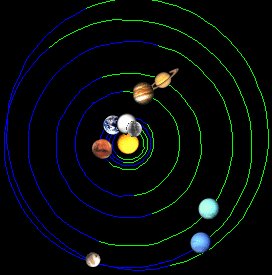
There is a really neat internet program called Solar System Live that shows the position of all of the planets and the Sun for any given day. If you go to that page, you'll see an image similar to the
...more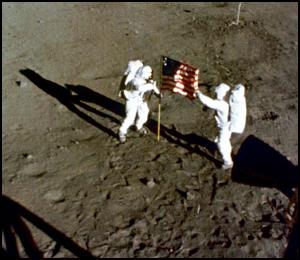
The picture of the American Flag (the one put there by the Apollo astronauts) is waving (or straight out) in the wind. How could that be possible if there is no atmosphere on the Moon? Was it some sort
...more
I was wondering if there is a new planet? Are there planets (a tenth planet?) after Pluto belonging to our solar system? What are the names of the new planets discovered in the solar system? Are there
...more













